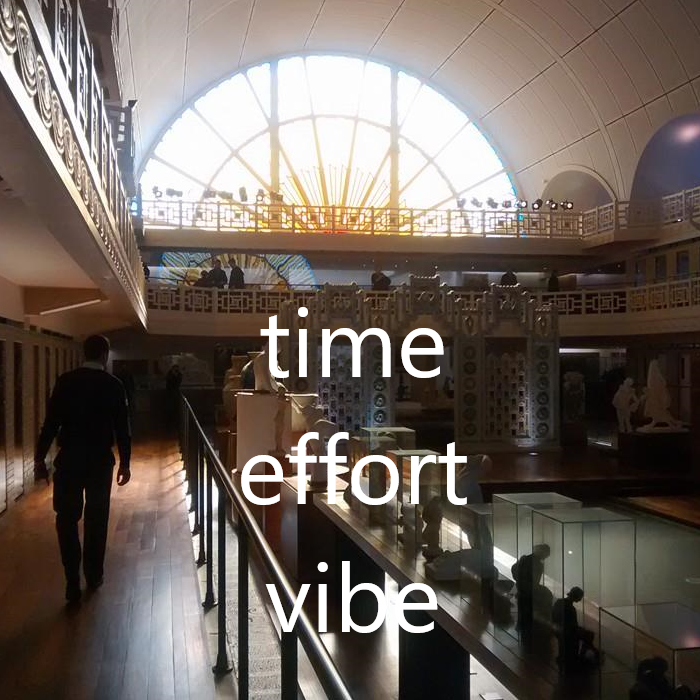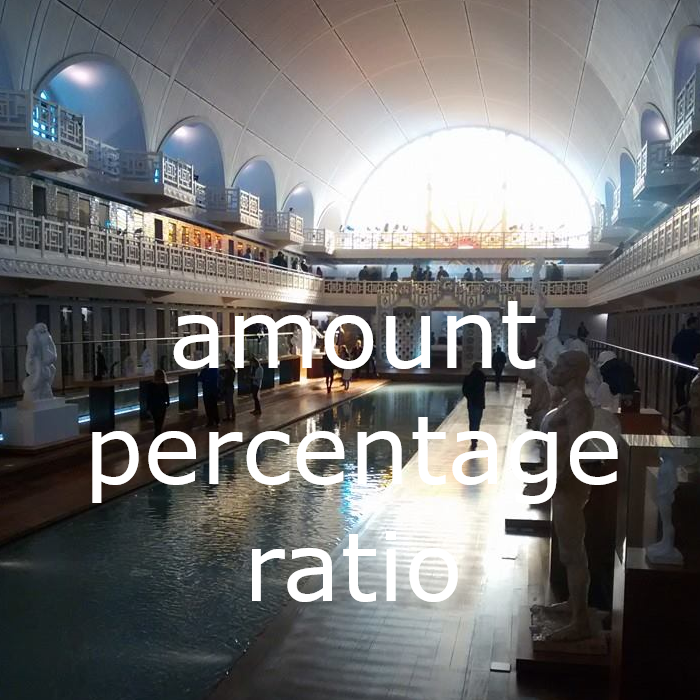
3D Thinking
When looking at reporting, it's very tempting to try to translate your current situation to a new one. Don't do that. Use this as an opportunity to reconsider, re-evaluate, and interrogate what you are currently doing.
Think about a 3D approach.
- Define - if you want to measure efficiency, productivity, activity - what does that mean for you? What do we need to measure?
- Design - design doesn't just mean 'looking good' - how do we want to track these metrics?
- Disseminate - who is this for and how will they use these reports?
The most important thing - the 'umbrella' over all of these questions - is why? Why are we doing this? How will it help? Where will it take us?
If I ask questions, if I challenge you - and I will! - it's not because it's a bad idea. It's because we need to be sure that it's the best idea.
Points of View
When thinking about reporting it is always useful to think about what you are reporting on, and to whom.
- End-users - if I contact you, I will care about how much effort is involved, how much time it takes, how I feel about the whole process...
- Team leads will care about different things - what metrics contribute to how my end-users' experience plays out? Do we need more staff, more training, different shift patterns, more personalisation? What can we do to make things better?
- Support teams will care about different things entirely. Product will look at functionality requests based on the number and value involved. Finance will look at value. C-suite will look at...who knows?
There will be overlap, connections - how do those work? Context is everything. I can help you dig down into what that means.


Materiality
I'm a fan of BBC Sounds. Particularly 'More or Less'. One of the key thing they look at when breaking down the numbers is - what is a big number? What is an important number?
- if you are comparing results from team to team, group to group, region to region - some might be small in comparison, but important to understand
- if a change is 1, that might not feel big - but it might be
- if a change is 1,000, that might feel big - but it might not be
I used to work for an accountancy firm, we had the concept of material. So, what is material for you? What is not? Together we can look at the base and the change, to work that out.
Feelings are not always best. Not always. But we don't want to put in a floor based only on numbers. We want this to reflect context.
Nous avons besoin de votre consentement pour charger les traductions
Nous utilisons un service tiers pour traduire le contenu du site web qui peut collecter des données sur votre activité. Veuillez consulter les détails dans la politique de confidentialité et accepter le service pour voir les traductions.


